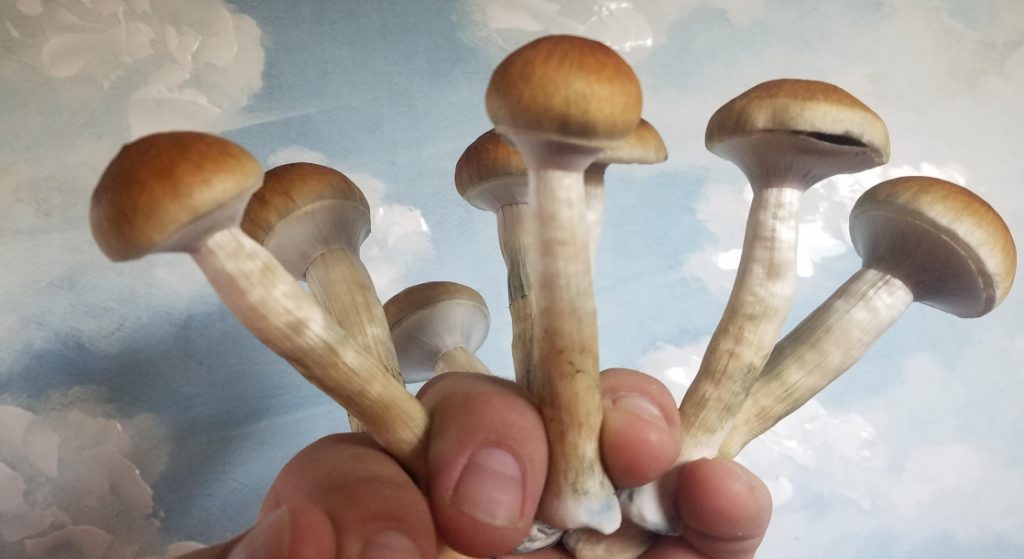These days, psilocybin is investigated for medical use to treat depression, anxiety, and post-traumatic stress disorder. Users consume this compound in microdoses to feel more concentrated, creative, and productive. Psilocybin is contained in mushrooms, known as magic mushrooms or shrooms, and there are around 180 species of these mushrooms in the wild. The main challenge for shroom users remains not to eat poisonous mushrooms by mistake, so being aware of the appearance of shrooms is essential. Check up on magic mushrooms reviews for guiding through the world of psilocybin. Today, we’ll introduce you to what do hallucinogenic shrooms look like.
What do psychedelic mushrooms look like?
1. Psilocybe cubensis
A species of magic mushrooms called psilocybe cubensis is considered the most popular and widely consumed among users. This mushroom originates in Cuba and is widespread in Latin America. Psilocybe cubensis features large caps and has auburn to the brown and golden colour of the body. They differ from other shrooms at the expense of the larger size, too. These mushrooms can also become blue once bruised and have a slight blue shade in the dried form.
2. Psilocybe semilanceata
This kind of magic mushroom was found in Europe and North America and is considered one of the most widespread naturally growing shrooms. Known as liberty caps, psilocybe semilanceata is associated with large brown bell-shaped caps, although small in size. The stems are only 40 to 100 mm long.
3. Psilocybe baeocystis
Another type of shrooms refers to psilocybe baeocystis, smaller than other magic mushrooms. These shrooms are widespread in the Pacific Northwest region of the United States. Psilocybe baeocystis features dark brown color but sometimes can be even dark blue. Their caps typically have a conical shape.
4. Psilocybe azurescens
Psilocybe azurescens, or flying saucer mushrooms, stand out for their high potency. They can be found on the West coast of the USA from Washington to California. In the wild, psilocybe azurescens appear in a UFO-like shape – a long stem and small-cap with auburn or brown color. Around 1.78 percent of psilocybin in flying saucer mushrooms is the highest among shrooms.
5. Psilocybe cyanescens
Psilocybe cyanescens, also known as wavy caps, naturally grow in woody debris, including Central Europe and the Pacific Northwest. Hence the name of the mushrooms, they feature the wavy caps in golden to auburn shades while their stems aren’t that long. Wavy caps are more potent when eaten fresh.
6. Panaeolus cyanescens
Another name for panaeolus cyanescens is blue meanies. Panaeolus cyanescens grow in South America, Mexico, Eastern Australia, India, the U.S., and other regions. You can easily distinguish this kind of shroom for its light grey or white body. Young mushrooms feature light-brown caps that later turn into white or light grey. The stem of blue meanies is around 12 centimeters and is typically covered in white powder. Then damaged, these mushrooms become blue or green.
